Last Updated: 05/05/2025
What Easing Covid Restrictions Means for Pets
Wondering what it will mean for pets as COVID-19 restrictions ease? Check out our guide to transitioning back to work as smooth as possible for your pet.
Author: Dr Carla Paszkowski BVSc (Hons)
Reading Time: 6 minutes - short read
For info about whether cats and dogs can transmit COVID-19, see our article Can Dogs Or Cats Get Coronavirus?
Scott Morrison's plan to relax COVID restrictions has many people breathing a sigh of relief. We can leave our 10km radius bubble and look forward to socialising, going back to work, and getting back to life as normal.
But what does this mean for our pets? After adjusting to a life with family at home, are we about to see a wave of separation anxiety-related behavioural issues spill forth from pets all over the country?
FACT At times like these when anxiety is more prevalent, the proven positive effect pet ownership can have on our mental health is more important than ever.
How Did Lockdown Affect Our Relationship with Pets?
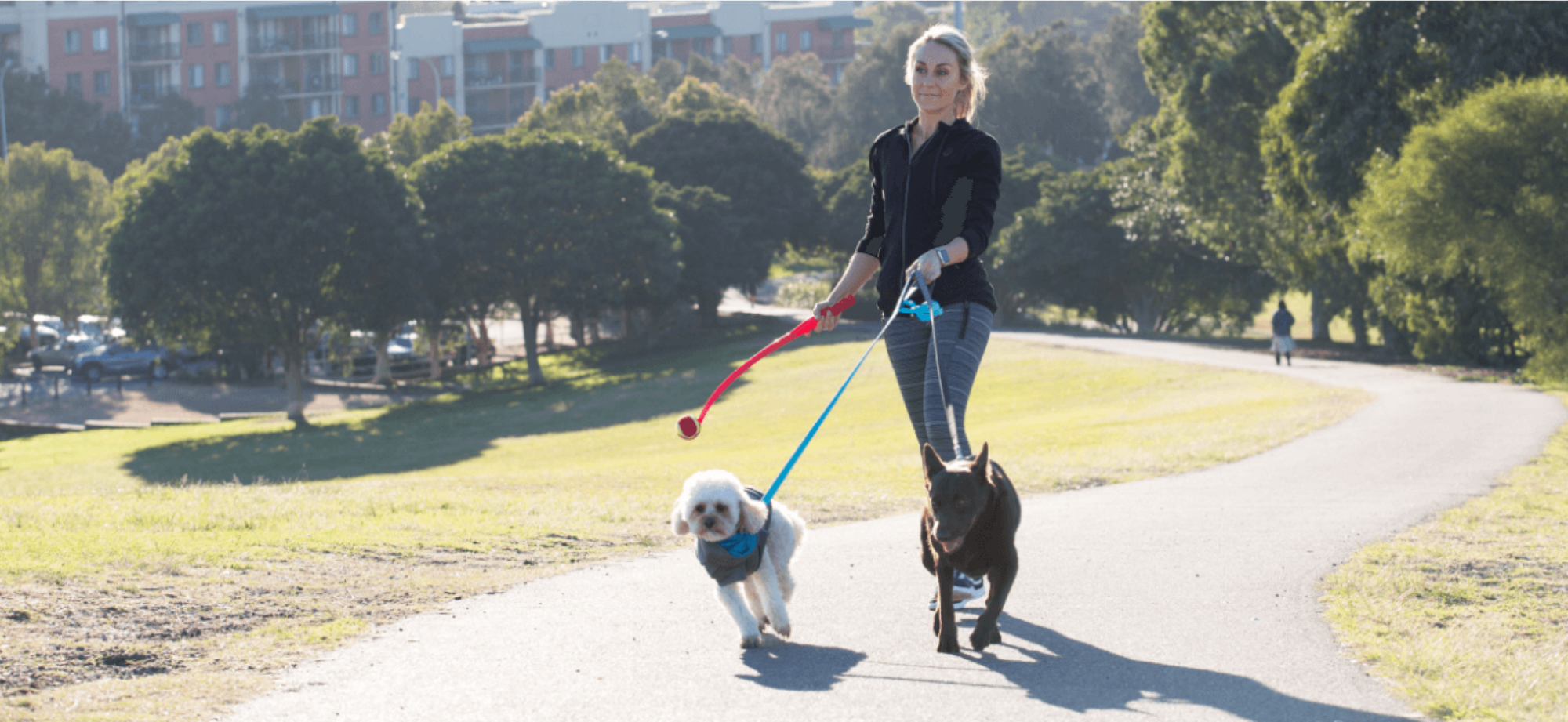
While every household is different, on average, the routine and relationship people share with their pets was significantly affected by lockdown. Even a short lockdown of only a few weeks can affect our relationships, including those with our furry friends. Australia's pet owning society was observed to experience the following trends during our period of restriction:
1. More one-on-one time
During lockdown, pet owners were able to spend more time with their pets. This helped strengthen the special human-animal bond in many households.
2. More dog walking
It goes without saying that during lockdown, pet dogs received an increase in their regular walking. As daily exercise was one of the only ways to legally go outside, pet owners took full advantage of the need to walk their pooch. Interestingly, this even led to a spike in overuse injuries in dogs such as ligament sprains and joint issues.
3. More 'DIY' Grooming
With most grooming salons closed, many pet owners were turning on the clippers themselves and giving their pets a home haircut. (With varying levels of success!)
4. Cost-Cutting
With many pet owners out of work and struggling to make ends meet, unfortunately some aspects of pet care may have suffered as a result of cost cutting. Some pet owners were forced to seek cheaper pet food or parasite prevention, and may not have been splurging on non-essentials such as treats and toys.
TIP To save on pet food, rather than compromising on quality, try buying premium quality food in bulk, stick to online shopping, and take advantage of sales. 'Bulk size' value bags up to 40kg are available from brands including Advance and Royal Canin. (Surely a bag that big will keep your pets fed for a while!)
5. More social media profiles created for pets
During isolation, bored pet owners all over the world enjoyed creating profiles for their pets on platforms such as Instagram and Tik Tok - perhaps after exhausting their own accounts of social media. Seeking a cure their boredom and allowing them to connect with other pet owners, a significant spike in 'pet' accounts was observed across most social media platforms.
View Pet Circle's Instagram to see a collection of our favourite pet customer posts!
How Will Easing Restrictions Affect Our Pets?
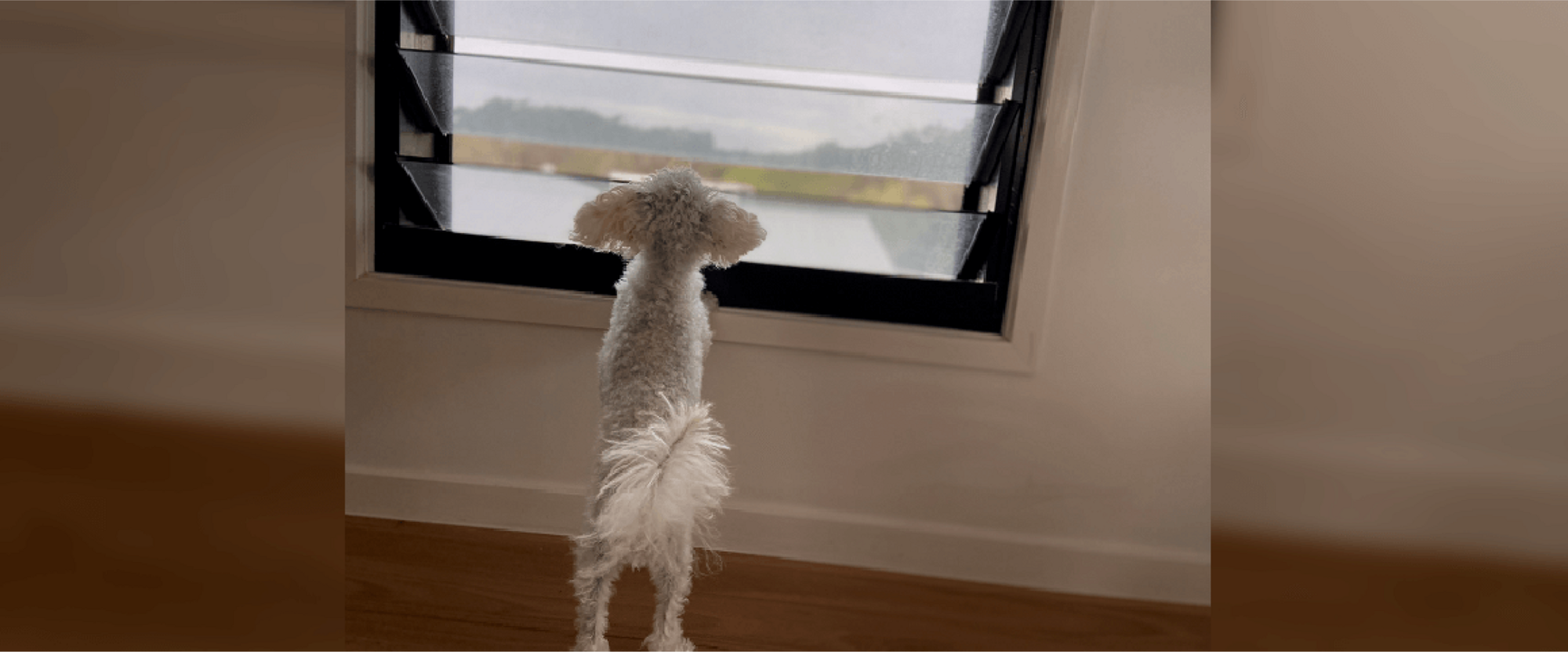
1. Separation Anxiety
During COVID restrictions, your pet may have become accustomed to having you around most of the time. When the restrictions are lifted, the sudden loss of company may lead to distress, confusion, and anxiety for your pet. If family members are returning to work or school, it's important to watch your pet for signs of separation anxiety or depression.
Signs of separation anxiety may include toileting inside, excessive barking, licking their fur more than usual, reduced appetite, lethargy or reduced energy.
For more information on reducing anxiety in pets, see our articles Separation Anxiety in Dogs and How to Reduce Anxiety in Cats.
2. A Reduction in Fitness
As good as your intentions may be, you're probably not going to keep up that "daily 10km walk" routine you implemented during isolation. (Sorry - just being honest!)
A stark drop off in exercise may affect your pet in one way or another. For some puppers who weren't originally accustomed to excessive exercise, a break from constant walking may give their joints a well-deserved rest. But for the majority of dogs, a sharp decline in exercise may lead to excess pent up energy, weight gain, and frustration. Read our guides on Weight Loss Tips for Dogs or Cats to avoid extra 'pet pudge!'.
3. Boredom
Pets who are left at home by themselves can easily suffer from boredom. This is a particular risk if you've adopted a new puppy or kitten and they aren't accustomed to passing time alone. Without anything to occupy them, your pet may find themselves in mischief to stay entertained.
Signs of boredom can include: Digging, chewing or other destructive behaviours, getting into garbage, barking and whining. More serious consequences of boredom may include the development of a mental stereotypy; an obsessive-compulsive phenomenon commonly observed in working breeds who lack stimulation.
How To Help Your Pet Transition Back to 'Normal'

1. Ease Back Into It
If you can, try to make the change of routine as gradual as possible. It may be beneficial to leave the house for short periods of time before delving straight back into full-time work away from home. A few days before you go back to work or school, try a few half-day outings, leaving your pet at home by themselves.
2. Consider an anxiety aid
If your pet is particularly anxious, you might like to try a pheromone product such as Adaptil for dogs or Feliway for cats. A natural anxiety supplement or treat can also help soothe your pet and ease the transition back to your normal routine.
Top Anxiety Aids:
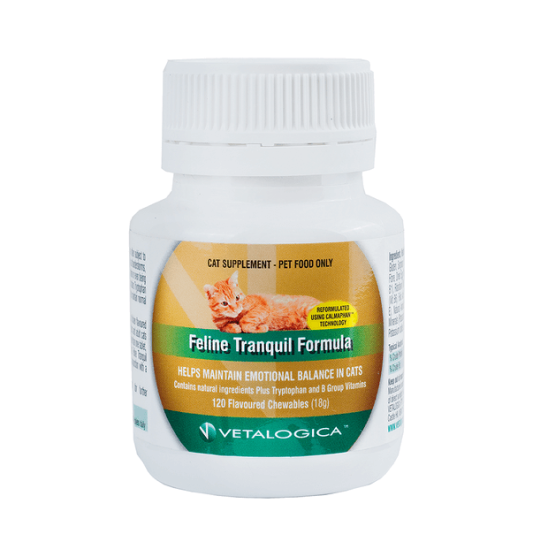
Tranquil Formula for Cats works by delivering natural ingredients plus Tryptophan and B group vitamins to maintain an ideal emotional balance.
PAW Blackmoreâs Complete Calm Chews are formulated with tryptophan, and B vitamins to help dogs with general anxiety, including stress caused by thunderstorms or separation from owners.
Feliway is a manmade version of the odourless pheromone normally left by cats when they rub against objects in their environment. It is effective at calming kitties in any stressful environment.
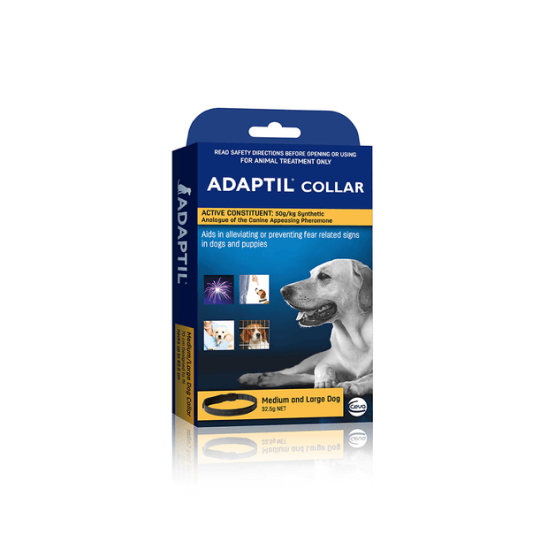
Adaptil is an odourless, man-made version of Dog Appeasing Pheromone (DAP). Female dogs release DAP soon after birth to establish feelings of well-being and attachment in their puppies.
3. Keep them Occupied with Clever Toys
Interactive toys are a great way to keep your pet busy and distracted if you're away from home! There are plenty of interactive toys which dispense treats or encourage your pet to work for their food. You can even make your own treat-dispensing toy by cutting small holes into an empty drink bottle and filling with kibble.
Top Occupying Cat Toys

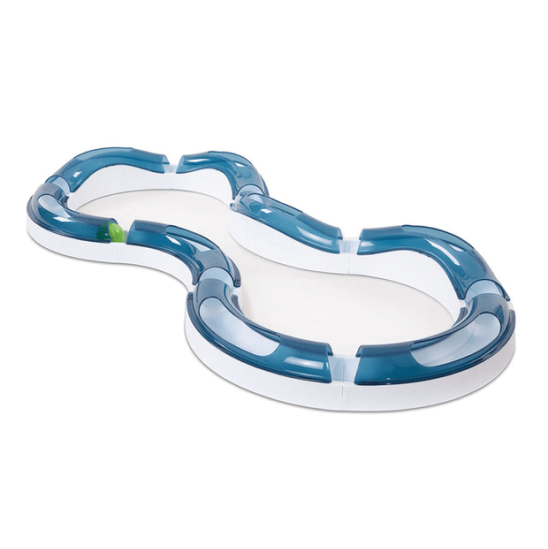
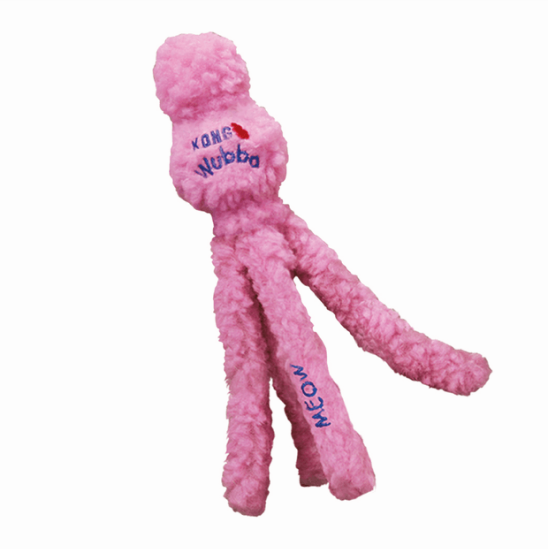
Top Occupying Dog Toys
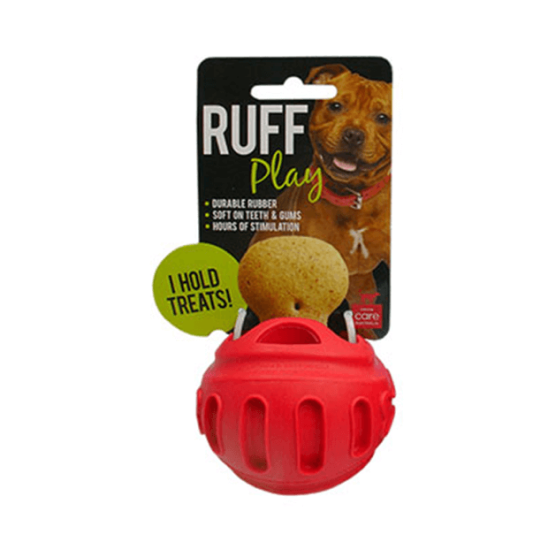
This ball can be filled with tasty treats, peanut butter, kibble or treat paste to keep your pooch occupied and out of trouble.
The Hartz Dura Play Ball provides long lasting fun with a unique foam technology that enhances durability, creating an unmatched chew experience. Now with an enticing bacon scent!
Got a serious chewer on your hands? The KONG Extreme dog toy represents the most durable KONG available. Designed for tough chewers, this KONG offers enrichment and helps to satisfy your dog's instinctual need to chew.
Staffy tested and approved, this toy is made from durable rubber that is soft on teeth and gums. This dumbell is great for games of fetch and has a squeaker inside for extra fun.
Durable rubber chew toys are a great way to satisfy your dog's natural chewing urges and keep them occupied. Just add KONG Easy Treat Paste or even just some natural peanut butter and dogs can spend hours trying to clean up the last morsel.
Shop All Durable Toys for Dogs
4. Distract them with a Long Lasting Treat
Long lasting treats are great to keep your pet occupied when they're alone. Fresh raw bones can be a good option (but be aware of the risks of feeding raw bones) as are treats such as Goat Horn, Cow Hooves, and Ear Chews.
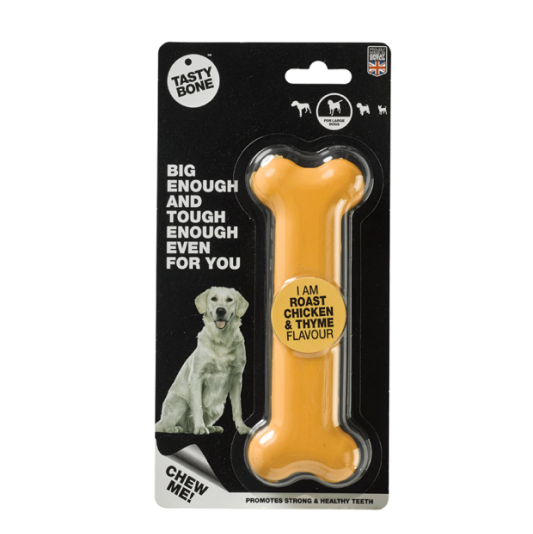
These durable nylon bones are designed to keep even the most persistent and powerful of chewers satisfied. They may be washed in soap and water if needed and the delicious range of flavours are designed to last for the lifetime of the bone.
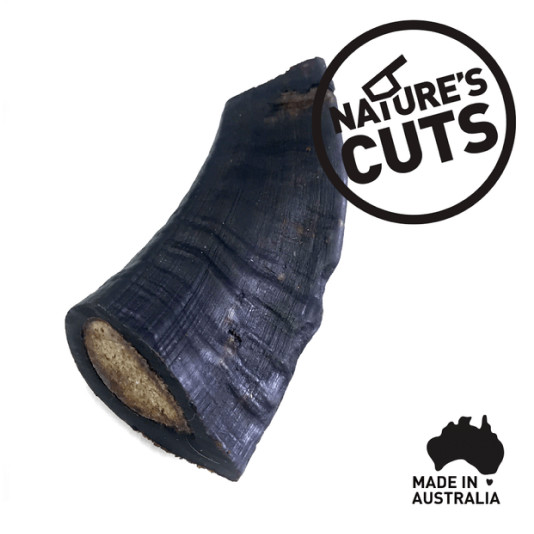
With a firm outer surface and a soft marrow inside, dogs love goat horn. Nature's Cuts Goat Horn are extremely tasty, firm but not brittle, and are great for cleaning the teeth. And best of all, these treats are completely natural.
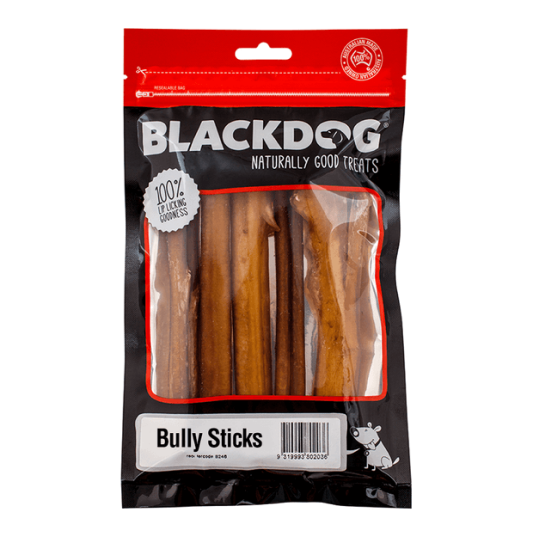
These bully sticks are made 100% Beef for a tasty treat, ideal for use as a training reward. Sometimes called bull's pizzles, these are 15cm in length and are one of the longest lasting chews in the Blackdog range.
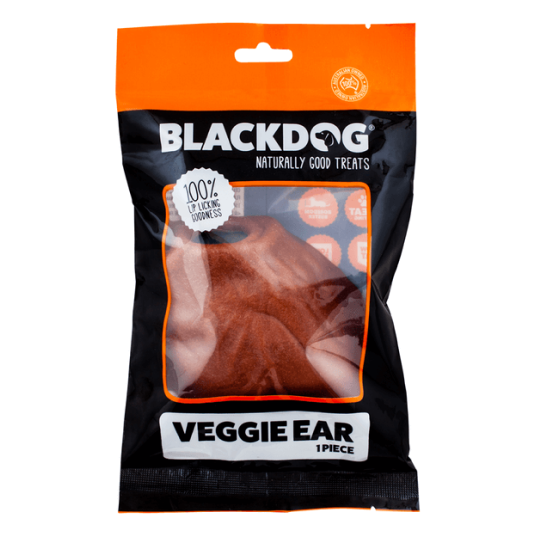
Veggie Ears are a long lasting treat and vegetarian option treat that will keep your dog occupied for a long period of time. Blackdog treats are high quality and produced using minimal processing and additives.
5. Create a Treasure Hunt
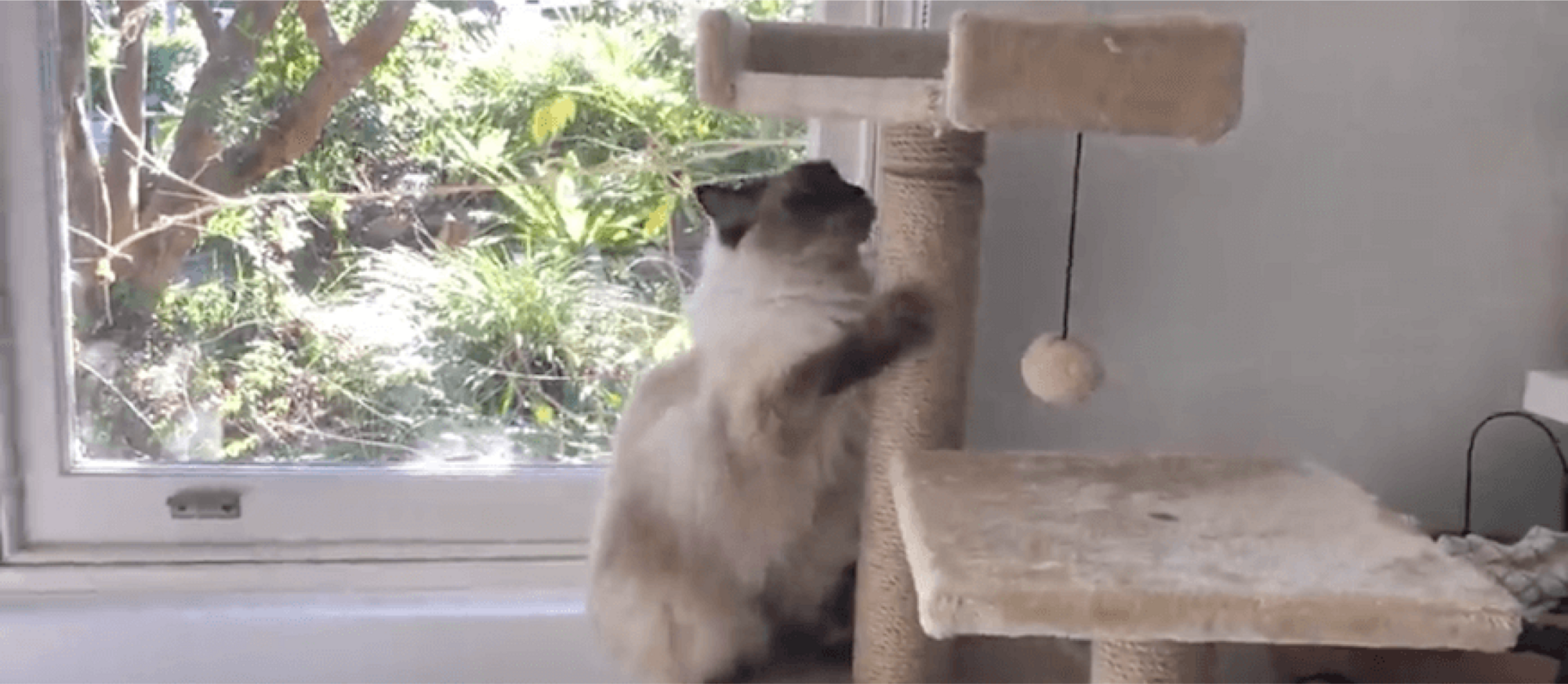
Explorative feeding is a fantastic way to excite and mentally stimulate your pet, and is a great way to distract them when you leave the house. Try hiding some of your pet's food or some treats in different places around the home or backyard. Remember to use different levels for cats! Sniffing out their next meal will keep them busy and occupied while you are busy.
Want to know more? Read Boredom busters for dogs and Games you can play with your cat.
For more up to date information regarding COVID 19 including symptoms, prevention, control and more, please visit the World Health Organisation's website.
Further reading and sources
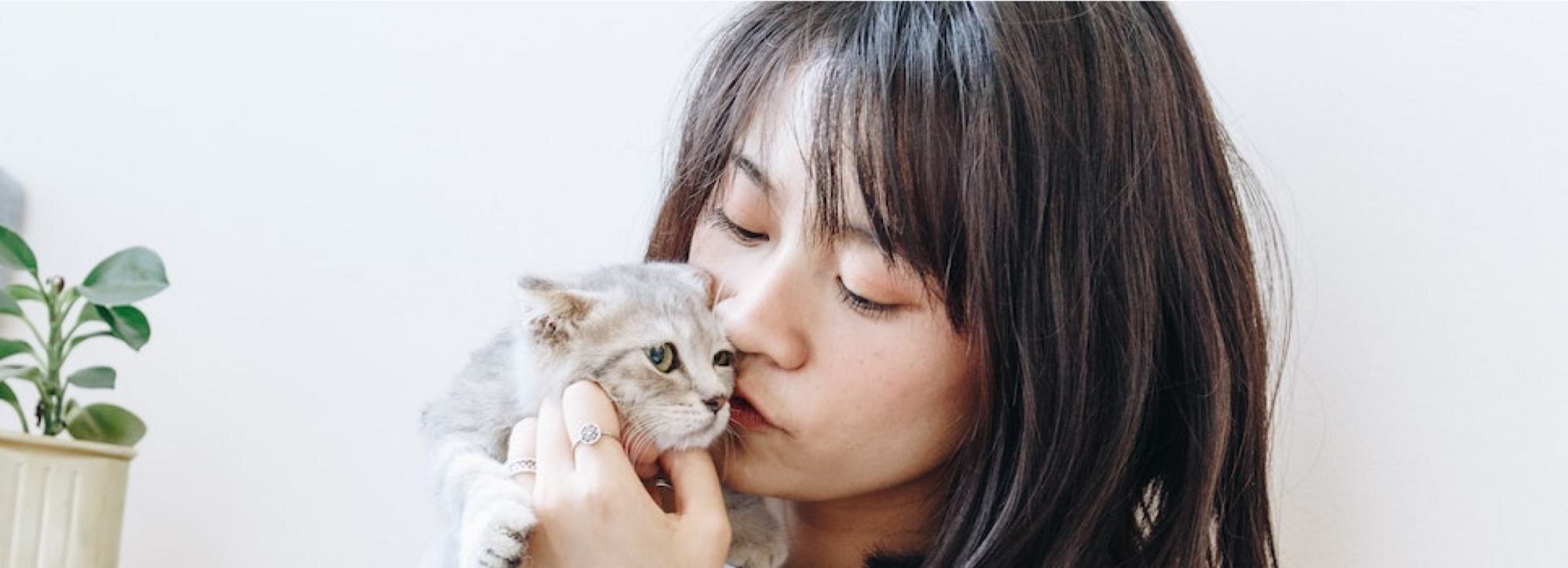
Want to learn more about caring for your fur family? Check out our Discover Page for more tips on keeping your pets happy and healthy.